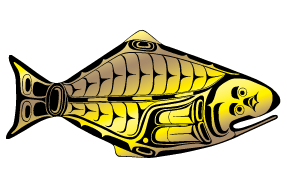19 March 2024
SEATTLE – With the revision of Section 19 (Logs) of the IPHC Fishery Regulations in January 2024, the IPHC is now authorised to accept logbook data from the vessels engaged in commercial fishing in Alaska, USA, reported through approved electronic logbooks.
In 2024, the IPHC will be testing an electronic equivalent to the IPHC Pacific halibut logbook for Alaska, accessible through Deckhand®.
The electronic logbook application is designed to facilitate the sharing of data with IPHC representatives present at the offload site via direct transfer (tablet to tablet data transmission). Additionally, the application offers post-season data upload feature simplifying compliance with the post-season data submission requirement outlined in the IPHC Fishery Regulations 2024, Section 19, pt. 5(f).
If you are interested in a no-cost trial participation during the 2024 fishing period, contact us at secretariat@iphc.int. Please include the name of the captain, the vessel name and vessel length. The trial will focus on vessels under 60 ft previously using the IPHC Pacific halibut logbook (not NOAA daily fishing logbook/DFL).
Applications will be considered preferential to vessels regularly targeting Pacific halibut for a minimum number of trips per year with landings in ports staffed by the IPHC Secretariat in Alaska (Sitka, Juneau, Petersburg, Homer, Seward, Kodiak, St. Paul and Dutch Harbor).
For further information please contact the IPHC Secretariat at secretariat@iphc.int or 206.634.1838.
IPHC Secretariat
International Pacific Halibut Commission
2320 W. Commodore Way, Suite 300
Seattle, WA 98199-1287
206-634-1838 | www.iphc.int![]()

